Supatrac Nighthawk Takes Pivoted Arm Design to the Next Level
does step up in price equal step up in sound quality?
Revisiting a rave review can be uncomfortable. Was the product as good as you’d written it was? As conceptually groundbreaking and sonically spectacular as you’d described it? You never know until you return to it, unless of course you bought it and regularly use it, and even then, sometimes after a while you say to yourself “What was I thinking?” Or that but laced with expletives.
The Supatrac Blackbird Farpoint got a rave review, and I bought it, but it’s not been in service since. Too many other products to review. Now comes the Nighthawk, a more costly tonearm from Supatrac. If you read the comments under the Blackbird review you will see that among Tracking Angle readers conclusions about its design and sonic greatness are unanimously positive. The audiophile press has been equally over-the-moon impressed.
Inventor/entrepreneur Richard Braine has learned a lot since embarking on his manufacturing adventure. Inventing something groundbreaking and great is one thing. Building it is another. Manufacturing and selling it is still another. Writing cogent, useful instructions that put the inventor in the mindset of the buyer/installer is yet another. Pricing it fairly and effectively marketing it is the final piece of the great manufacturing puzzle (unless I'm leaving out something).
There are more moving pieces in that part of the puzzle than in either of Braine’s tonearms and that’s one of the things that makes it such a great invention but I’m jumping ahead of myself.
Blackbird Versus Nighthawk
Please read the Blackbird review hyperlinked above because it describes all the design basics that for obvious reasons have been carried forward in the larger, more massive, generally more substantial Nighthawk (you can ignore the setup and instruction issues I encountered).
If you choose to keep reading here and don’t take the time to click on the hyperlink, some of this might be confusing (unless you already know the basic concept from having already read the review or know it from other sources). Where it makes sense, I’ll repeat some of the bold design ideas.
Following the Blackbird introduction at Munich High End 2023 and following unanimous rave reviews, interest in and sales of the Blackbird soared. Mr. Braine was overwhelmed by the response to his figuring out how to build a better mousetrap. But, while catching up with orders he hatched a new Supatrac and thus we have the Nighthawk.
Removing the self-imposed Blackbird cost constraints results in a larger, heavier, 1 inch diameter arm pillar (the mount of which is more compatible with a wider array of tonearms, making it easier to replace with a Nighthawk what you already have) and perhaps more importantly a more substantial, better braced arm as well as a more massive, larger diameter 8mm pivot bolt. There's been no change to the bolt's simplicity. It's neither jewel tipped nor made of an exotic metal. It's a sharpened hardened steel M8 bolt secured with a nut. Nor does it contact an exotic material: it rests against the front panel of the ceramic paint coated steel "thrust box" that also holds the "hoist hook" upon which the whole thing hangs (the hoist material that suspends the arm is rated at 20 pounds, so you're not likely to break it). If you're careful during the install, the bolt point won't scratch the "thrust box" panel but even if you do, it has little or no effect on performance.
The arm itself is an assemblage of a "more complex composite assembly" (than the Blackbird's) and now features a single double-cavity carbon fibre pultrusion, not two separate bonded carbon fibre tubes as was the case with the earliest editions of both arms. The designer told me:
"Initially two separate standard size pultruded carbon fiber tubes were used, but once the design showed it had legs it made commercial sense to invest in our own custom one-piece pultrusion. It then made sense to upgrade the Blackbird tube to the same custom pultrusion as the Nighthawk...in other words, the Blackbird will be benefitting from some of the Nighthawk advances". He was quick to add that the change (to the single tube design) produces "small differences" and that in his opinion "90% of the good stuff comes from the bearing design".
The Nighthhawk's "more complex composite assembly" also includes a carbon fiber sole bonded onto the underside if the Nighthawk arm, which increases strength, though it doesn't extend as far as the head shell area. It can be seen as a "wedged step" that adds the strength at the critical thrust box junction and acts similarly, according to Braine, as tapers do in arms from SME, Wilson-Benesch and SAT among others.
The carbon fiber is laid lengthwise in a resin matrix to produce longitudinal strength and is reinforced internally at the head shell with aluminum about 4 centimeters deep. An external aluminum sleeve at the thrust box end adds strength where the two sections bolt together. It's all carbon fiber in the midsection, damped with foam in the spindle side (the older double-tubed version had the foam in a single tube).
According to the product description, the more robust construction extends the arm length by 17mm and increases vertical torque reaction (Supatrac’s acronym for this is TRAC or Torque Reaction Assisted Contact). Because the design puts the bearing pivot below record level, stylus drag, which increases during heavily modulated (loud) passages (and J.R. Boisclair's research demonstrates the drag force is greater than you might think), produces a slight downward torque just when it’s needed to prevent bearing "chatter" and the resulting time domain distortion. It should also improve trackability and it measurably does. The Nighthawk’s “Thrustbox” (the arm’s rear section bolted to the arm) is larger than the Blackbird's and has a more simplified, less cluttered appearance, though it remains "open architecture". As with the Blackbird, the Nighthawk is available in 9”, 9.3, 10 and 12 inch editions, or longer if your manhood is in question.
Setting up either of these Supatrac arms is a lot like sex: the first time can be difficult, messy and anxiety ridden because it is so different in construction and concept than your previous singular methodology, but next time is considerably easier to accomplish and perhaps even enjoyable. The instructions' “handling” section is particularly useful and if it’s your first time (setting up the arm) please read it before proceeding. By reading the updated instructions you can figure out how inexperienced hands may have either broken or damaged things.
The original Blackbird (the first 30 or so) originally came minus a cueing system and had a "bend it yourself" flexible arm rest disguised as an Allen key (see original review). The cueing system was originally an extra-cost additional item.
According to Mr. Braine all Blackbirds and Nighthawks now include the familiar damped cueing system found on most tonearms, as well as both rigid and string finger lifts and a new arm rest platform that's a big improvement over the origami original—and that is also available free of charge to previous Supatrac owners. However, there's no arm locking mechanism, so depending on your "situation" to be on the safe side you might consider stylus guard installation at the end of every listening session.
Both are medium mass arms that can be used as is with a wide variety of cartridges with varying compliances. A supplied sliding "Mass adapter" can increase effective mass and inertia for use with an even wider range of low compliance cartridges.
To sum it up: now there are two "mature" fully realized Supatrac arms.
Nighthawk Set-Up
I set up the Nighthawk on the $130,000 Acoustical Systems Astellar turntable currently under review. The arm set up fairly easily thanks to the instructions, which are a considerable step up from the original ones supplied with the Blackbird (as is the packaging) and thanks of course to Blackbird set up experience.
There were/are still a few instruction issues. For instance, the instructions say "it is possible to change the length of the arm by 5.5mm or 11mm to match a larger shortfall". I have no idea what that means, nor do the instructions explain how that's done. If the pivot to spindle distance is off, it can be adjusted by a few mllimeters and that is explained in the Instructions. In some installations that will be a very useful feature.
Another small annoyance: there’s a “level control” screw at the bottom of which is a rubber “bumper” (see photo below). To level the arm the instructions read "The arm level (Vertical Tracking Angle) can be set accurately by slightly loosening the pillar locking bolts and turning the level control screw to an appropriate height using an Allen key". (This is similar to how it's done on SME and Kuzma 4 Point 9" arms).
What size Allen key, the instructions don't say (and don't bother looking for that second locking bolt because there's but one!). It's a 3/32" Allen Key (I couldn't find a metric one that fit, though there must be one), and of course the instructions should tell you that, especially since access to the bolt is hidden under the arm, making it a two handed operation guessing game unless you push the arm aside and secure it in place next to the cueing platform as in this photo, which is not a great idea because it can slip and boomerang back to the center of the record (I put the stylus guard on before doing this).
This small issue is an easy fix I'm sure Mr. Braine will take care of—as well as page 26 of the online manual that still says Supatrac Blackbird Farpoint!
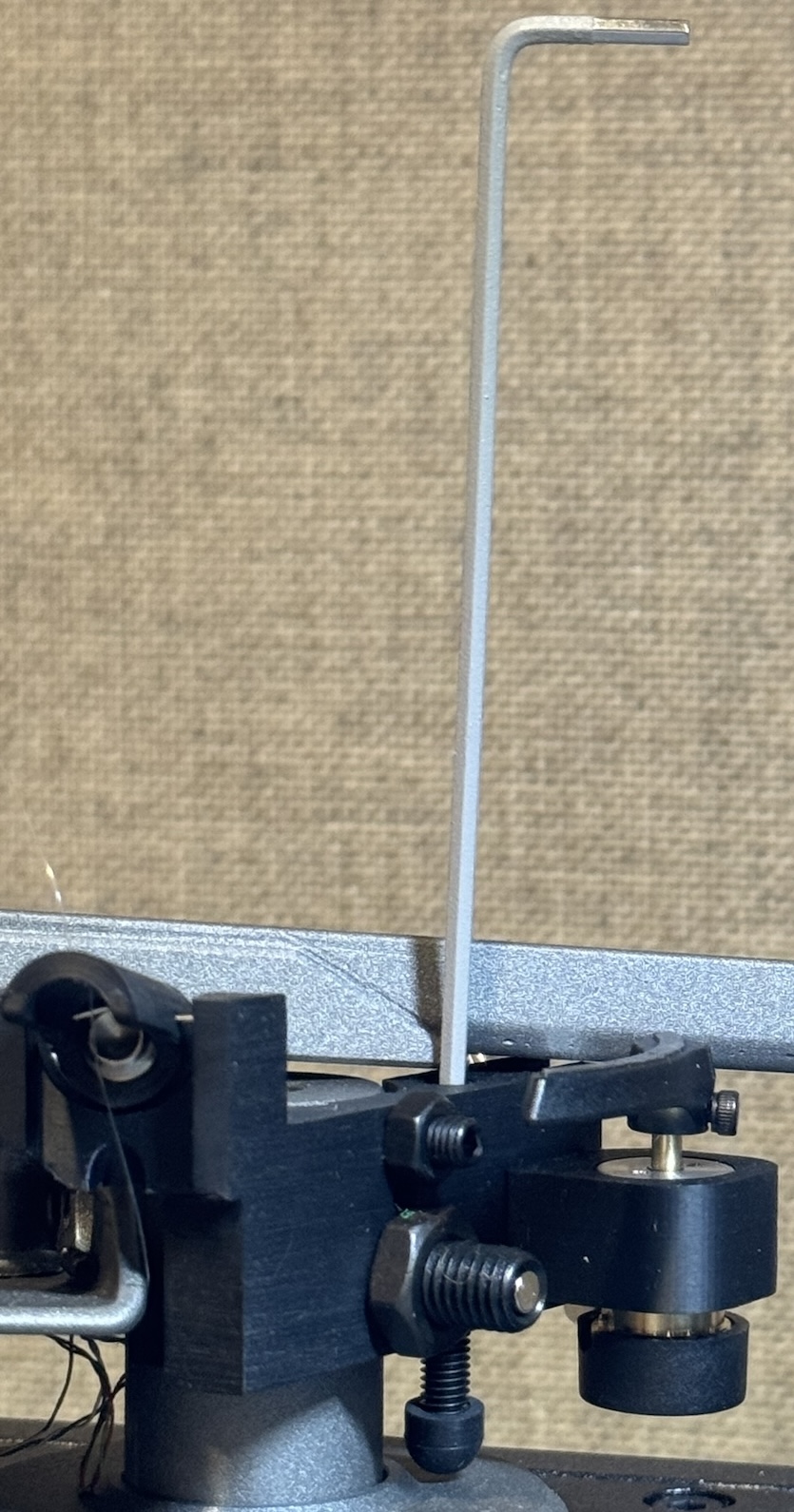
Once you've made the adjustment you secure the bolt to keep the arm in place. The instructions mention that how tight you make it will affect the sound. It's easy enough to experiment.
You can see a silver colored magnet in the pivot bolt recess. This helps insure good bolt tip/thrust box contact. I couldn't get it out to check for a gap per the instructions. I tried various magnets but none had sufficient strength.
Overall, the Nighthawk instruction manual is a big improvement over the original Blackbird's. That said, I wish Mr. Braine would completely separate Blackbird and Nighthawk online instructions and descriptions even if many of the procedures are identical.
Tonearm wiring at the cartridge clips is far more flexible than on the early Blackbird I purchased, though if you're not careful one or both cartridge screws can slide into the head shell area channel recess and can be tricky to pick out—especially since there's no arm lock. I used blue painter's tape to secure the arm in place while I did the install. I'm not going to revisit the set-up details other than to write that it's all straightforward, though there still aren't markings on the arm pillar so it's best to use a fine tipped felt pen to set a VTA/SRA starting point, hopefully with the arm parallel to the record surface, so you can easily return to it as you experiment with arm height (if you bother).
Finally, there's a new threaded weight fine VTF adjustment knob on the back of the Thrustbox that's very useful, allowing you make small VTF changes without shifting the magnets, which can be tricky. There's also a recently added larger single magnet that in many installs will obviate the need for stacking thinner ones.
Does the Nighthawk Upgrade Produce a Sonic Upgrade?
Before answering that question as best as possible since a direct comparison was not possible (the two arms use different mounting bases and Acoustical Systems' Dietrich Brakemeir was kind enough to drill one for me for the Nighthawk and I left it at that), I'll make this observation:
This arm "sticks a landing" as well if not better than any arm in my experience other than the far more costly Wilson-Benesch Graviton (I forgot that I'd used that expression in the Blackbird review but here it is again). The SAT CF1-12 follows close behind (a Bird of Prey arm installed on the W-B Prime Meridian is under evaluation now so more about that arm's performance in this regard later).
The Nighthawk exhibits absolutely no physical "chattering" or slippage at all. Lower it with the cueing lever or do it manually with the string thing and it just plops in place and gets to work! And while the string thing at first may look goofy and/or gimmicky, and/or unfinished, I promise you, if you buy either Supatrac arm, once you try it, you'll like it! It's easy, convenient and safer than a finger lift plus it removes a potentially audible finger lift caused resonance (not that I tested it with and without).
Ortofon's 90X was the first cartridge I installed and as I reported:
Tracking at 2.3 grams produced "mind blowing" results using Ortofon's test record. Tracks 9-15 measure lateral tracking ability at 50µm-100um peak. This cartridge perfectly tracked the 90µm track, which is extremely rare for an MC cartridge and more amazing was that it tracked the 100µm track! Not perfectly, but with only minor "buzz"! Most cartridges just slide off the track or the entire record!
That rock solid trackability also translates to absolutely solid image stability that produces a remarkable level of what I'll call "listening confidence" based relaxation even on the most difficult to track records. The arm's sonic performance is defiantly non-mechanical. What's more, the way the arm deals with vocal sibilants is almost baffling. Records that always produced sibilant hash whether a trace of it or an unpleasant amount now sound clean and refined on those difficult to track vocal "S"es.
The original pressing of James Taylor's Sweet Baby James (WS 1843)—the one with "Hi James" on side one and "That's All Folks" on the side two was cut by the recording engineer Bill Lazerus (there's a tiny Lazerus in the inner groove area as well, though it's also on a few represses too) and the sibilance on "Steamroller" was always a "shhhssssteamroller" of a problem. Right now there's a Mutech RM-Hayate cartridge installed (depending upon tariffs and exchange rates, could be priced anywhere from $7500-$9000)- and the sibilants are super clean!
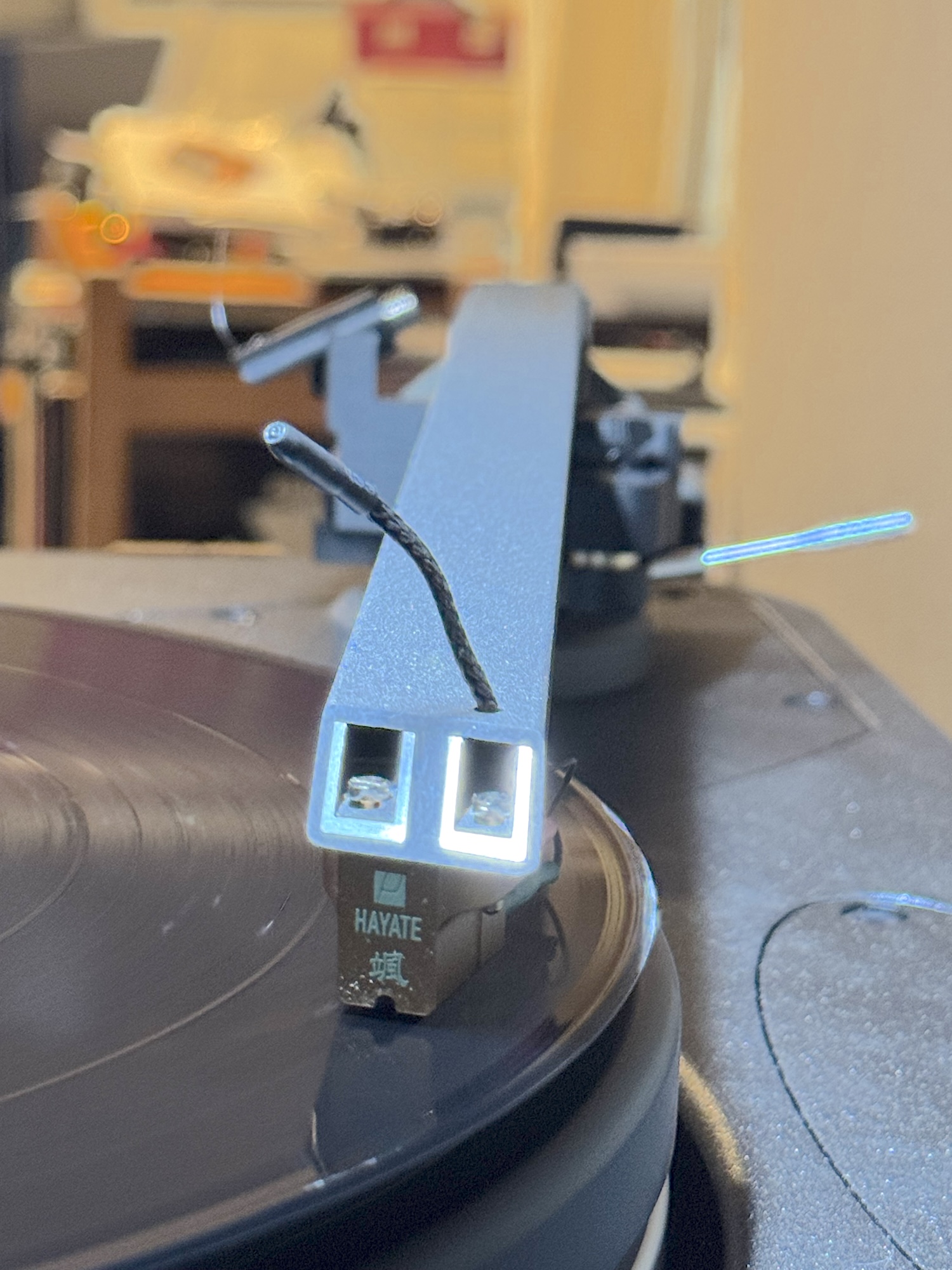 Mutech Hayate
Mutech Hayate
At first there was some sibilant smear but a slight anti-skating touch up cured it. This arm is super sensitive to anti-skating adjustment, but that's because when it's correct its sibilant performance is remarkably clean. If your music tastes lean towards female jazz vocalists, the Nighthawk (and Blackbird) should be on your "to hear" list. Bring your most difficult to track records and if the arm is correctly set up expect it to sail cleanly through problematic pressings (the Graviton arm and W-B Tessellate Ti-S cartridge also sailed through "Steamroller") taking the music to another resolution level at a much higher price).
When I was finished with the Ortofon MC 90X review I wondered whether I"d reviewed the arm or the cartridge and with the $1199 Ortofon 40X installed, I wondered whether the enthusiasm expressed in that review was for the cartridge, or the arm, or the combo! Would buyers hear what I heard when they installed that cartridge in the less remarkable arm in which it will undoubtedly be installed? I cannot answer that question so I await reader feedback!
I went back to the records I raved about in the Blackbird review like Bee Gees 1st. Different turntable, (Astellar vs. OMA K3 prototype) and different cartridge, but a similar mind-boggling experience. The Mutech's rich velvety yet well-detailed personality (boron cantilever, line contact stylus, dual yoke ring magnet, etc.) had already fully revealed itself, so i had a good idea what I'd hear, but still I was floored by the musical "rightness" of it—all of the record. The arm/cart combo rendered the record as vividly as the cover art.
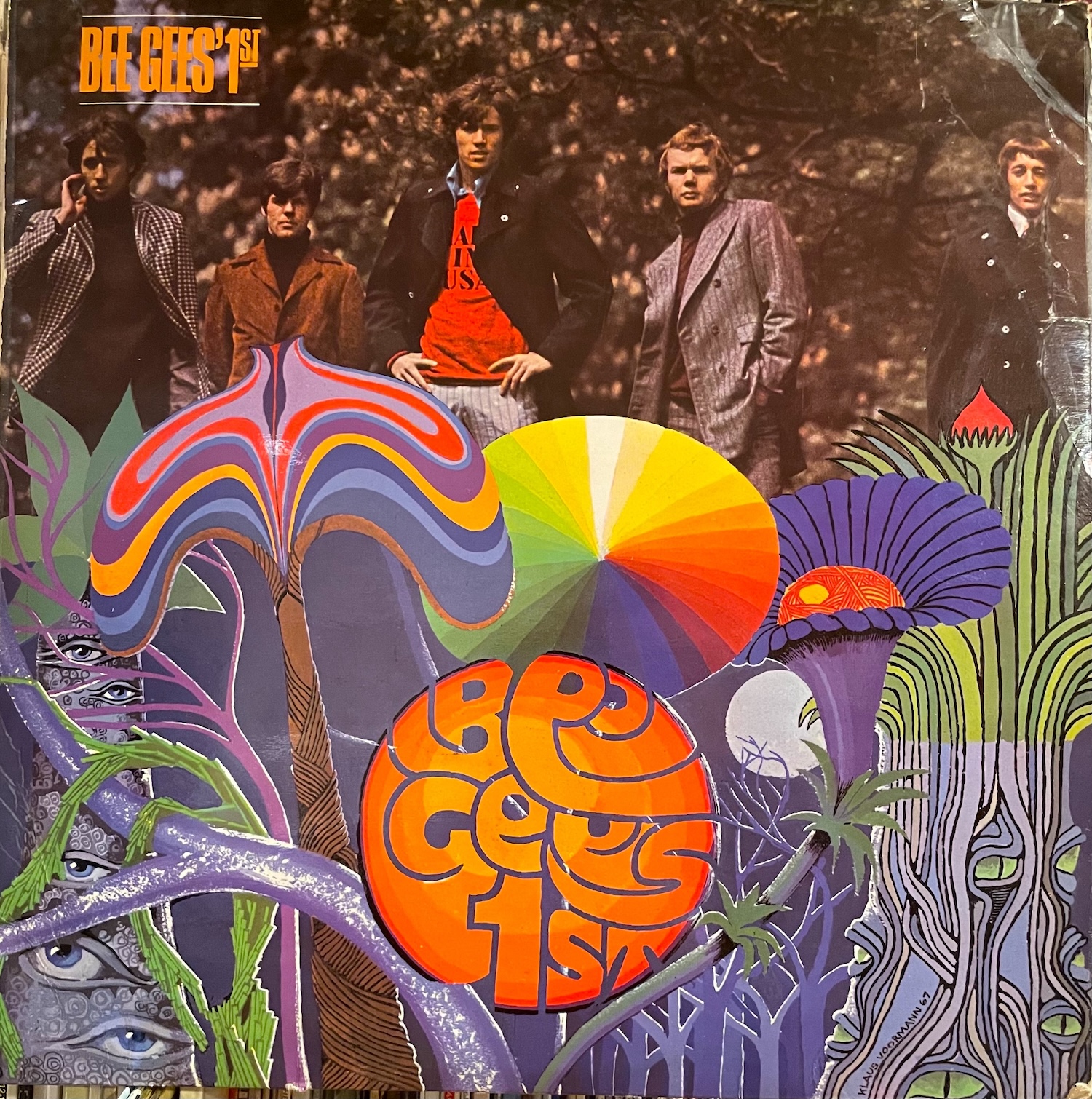
Everything that startled me about the Blackbird's rendering did so again, but because everything was different, the overall sound was different as well, but it had the same "ease of rightness" qualities—the black background, so much non-mechanical detail lurking in the black backdrop, supreme micro-dynamic shadings, that made me feel as if the performance was live in the studio and the brothers were all with us and singing.
As I wrote in the Blackbird review:
"The kick drum, the bass, the snare and especially Barry Gibb's voice just had a "rightness" in time and timbre and an image roundness that just knocked me over.
"The horn parts, the strings, the kettle drum, all were just "right". Bass was deep, and I won't say "tight" because it was better than "tight". The kick drum attack was, the word that popped into my mind was "daring". I could feel the softness of the bass drum mallet as it hit the head and the head's hardness followed by decay accuracy and the next hit, so properly deep, textured and well-controlled. I'd never heard it remotely that detailed in time, space, texture, timbre, and however else you might want to describe it—all locked in three-dimensional space.
The Nighthawk's delivery of the familiar tune seemed more "in the pocket", and somewhat less dramatic, but more subtle and "together" and more controlled. More sophisticated. But there were too many variables to know what was producing the overall presentation, but the arm's overall character, its "nonchalantness" was recognizable on that record and on every familiar record. The arm just isn't "there". It has little to no character and leaves no mechanical residue.
The arm allowed each of the half dozen cartridges I auditioned, some new and unfamiliar and some known, to present their familiar timbral and textural characteristics. I couldn't discern a consistent timbral or other characteristic added by the arm.
Mark Ward was so right about Yuja Wang and the BSO's performance and Shawn Murphy's recording of Shostakovich's Piano Concertos No. 1 and 2 and the six short solo works (DGG 486 6957). The recording is as he described it. I wish Mark could hear what this arm does with it. So delicate, so precise, so powerful and free of mechanical artifacts. The bass is "so rich and vast" and whoever cut this to lacquer did a superb job.
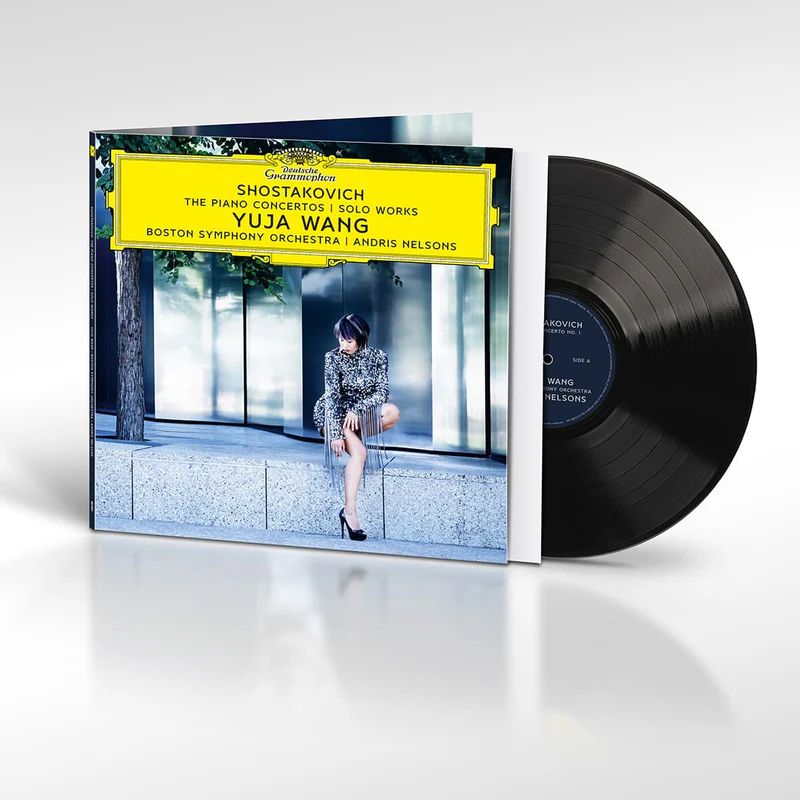
Had digital recordings sounded like this in the 1980s, I think everyone reading this would have been on board. In addition to perfectly tracking the piano, the arm's imaging and soundstaging stability produced a vivid, three-dimensional picture well into the depths of the "shoebox" Boston Symphony Hall.
A Music Matters test pressing of Lee Morgan's very familiar The Sidewinder delivered all the news you'd need to know how unforced, natural and right sounding this arm is. How insistent it is rhythmically. How well it transmits musical and emotional intentions. Bob Crenshaw's solo on the title tune, so familiar, yet through this arm so new and texturally right there. And Joe Henderson's familiar "honking", nasally tone convincingly expressed with ease while Billy Higgins worked the stick on cymbals and snare directly behind. You just don't hear this arm. I could go on but what's the point? Rhythmically, texturally, timbrally, emotionally and especially its sense of time, which I hear as something different from rhythmic delivery, however you want to dig into what the Nighthawk does, it does what it does at the very top of what tonearms are supposed to do.
A long list of records played and sonic "notes" is really unnecessary and pointless IMO.
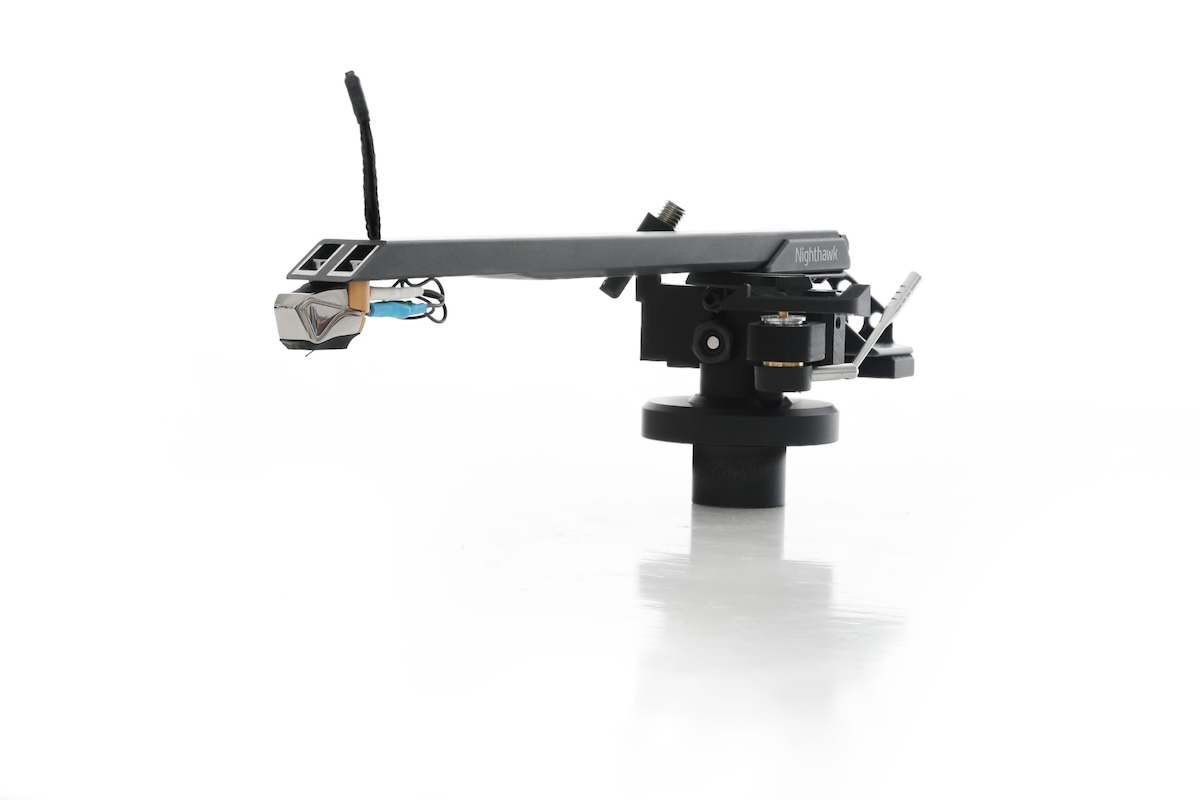
Conclusion
No big surprise: returning to the review's opening paragraph: after spending a great deal of time with the Nighthawk, the Supatrac design concept is as ingenious and technically valid as it at first appeared to be. It delivers the promised measured and sonic performance and how! The Ortofon 90X tracking the most highly modulated test tone on Ortofon's own test record was a shocker. Most MC's slide off the record on the 100µm track—and while the track's 100µm peak is cut far hotter than any music the cartridge is likely to encounter, it means the arm/cartridge combo can handle any recording with an ease and certainly you can hear, and if you can't hear it you can feel it.
Does the Nighthawk sound as good or better than the Blackbird? Yes, though I was unable to do a direct comparison between the two arms, I feel confident writing that the Nighthawk's performance is a cut above the Blackbird's in that it calls attention to itself to a lesser degree. The Nighthawk delivers all of the Blackbird's strong suits in a more subtle, more sophisticated and refined manner—and it's not because I'd already been so wowed by the Blackbird that I'd become accustomed to the performance.
The Blackbird has more "swagger" flash and drama. The Nighthawk more refinement, control and subtlety. The Blackbird hits you over the head first listen (and the over the top reviews confirm that). The Nighthawk's more subtle performance of course immediately impresses, but it grows more so over time. If the Nighthawk came first, listeners might at first hear the Blackbird as the step-up. That may sound odd, but that's my conclusion.
Both of these arms bring new sonic and musical life to the most oft played and familiar records—especially in the time domain, where, like the best turntables, their rhythmic authority and certainty give them the ability to make greater musical sense of the most familiar recordings. That more than any item on an audiophile performance check list might be both of these arms' most impressive attribute.
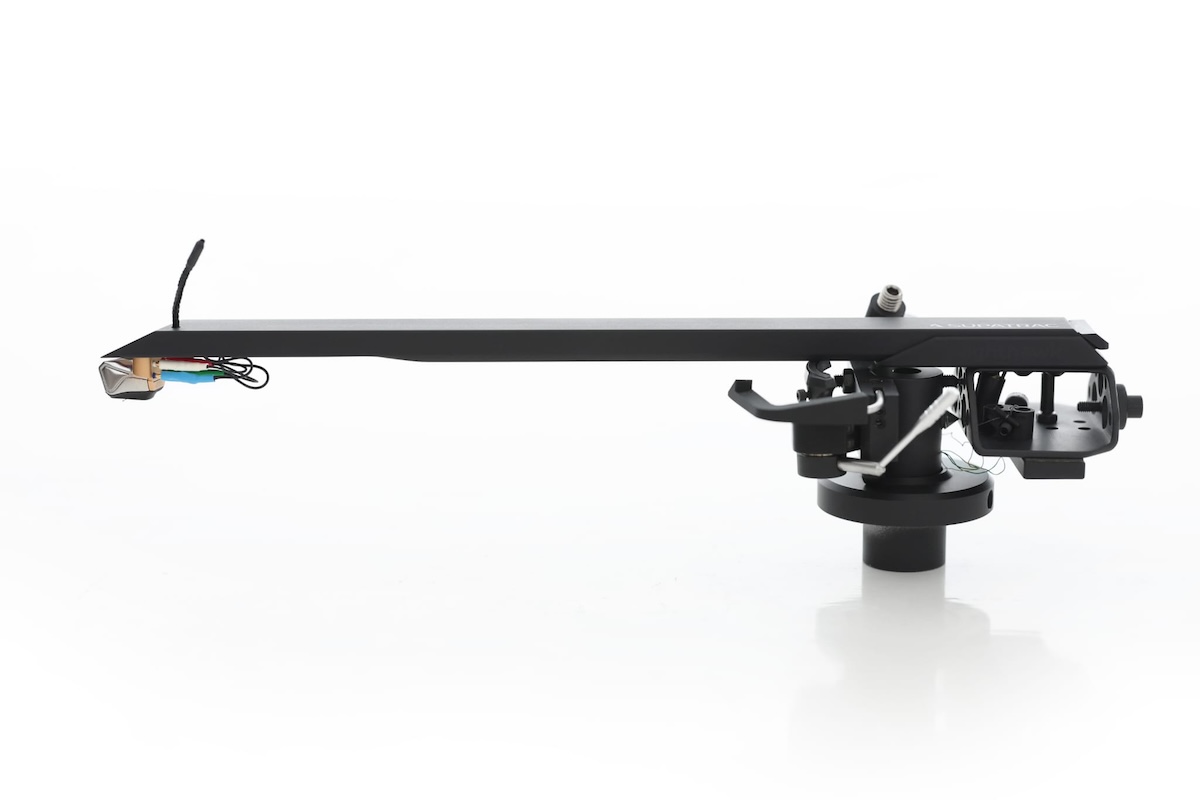
A New American Distributor and New Pricing
Musical Surroundings is the new American Supatrac distributor. This is good news and yet will be distressing for some. It's impossible for a manufacturer like Supatrac to be selling directly from the U.K. with all of the associated import/export hassles (especially in today's uncertain tariff times), and to have a one on one customer relationship, while still trying to be a manufacturer ramping up production to meet the growing demand. That was fun while it lasted, but mostly for buyers. For the seller/manufacturer once the brand "took off", it became untenable.
The good news is that now you will have an easier time buying a Supatrac without getting into import and duty hassles and international phone tag. Same with parts and service should you need that. It's good news for Supatrac as well, as the company can concentrate on arm manufacturing instead of retailing and hand holding.
The less than good news is that this new arrangement of necessity, results in higher retail prices as does the American dollar versus the Pound Sterling exchange rate. The Blackbird now costs $6,750 for the 9" model, $7500 for the 10.5" edition and $8,250 for the 12". That's more than before but still modest given the spectacular performance—and that makes it competitive with the 9" Kuzma 4 Point, for instance.
The Nighthawk costs $18,500 for the 9" version, $20,000 for the 10.5" one and for the 12" Nighthawk reviewed here, $21,500. Check prices for Wilson-Benesch's Graviton, or SAT's CF1-12 or SME's venerable Model V and compare. The Nighthawk still costs about 1/4 of what an SAT CF1-12 12" arm costs and half the cost of the W-B Graviton. There's other competition but I'm citing those because of familiarity.
The Supatrac arms are not now "overpriced". It's more fair to say they've been chronically underpriced and are now fairly priced so the manufacturer can make a well-deserved profit.
Specifications
Specifications:
Supatrac does not publish specs.
Warranty in the United States:
Supatrac 5 year warranty covers arms bought in the U.K.
(Musical Surroundings warranty not yet announced)
Manufacturer Information
info@supatrac.com
+44 77 04 50 20 20
United States:
(on the M-S contact page you will find an unusually "open" list of contact email and phone numbers)


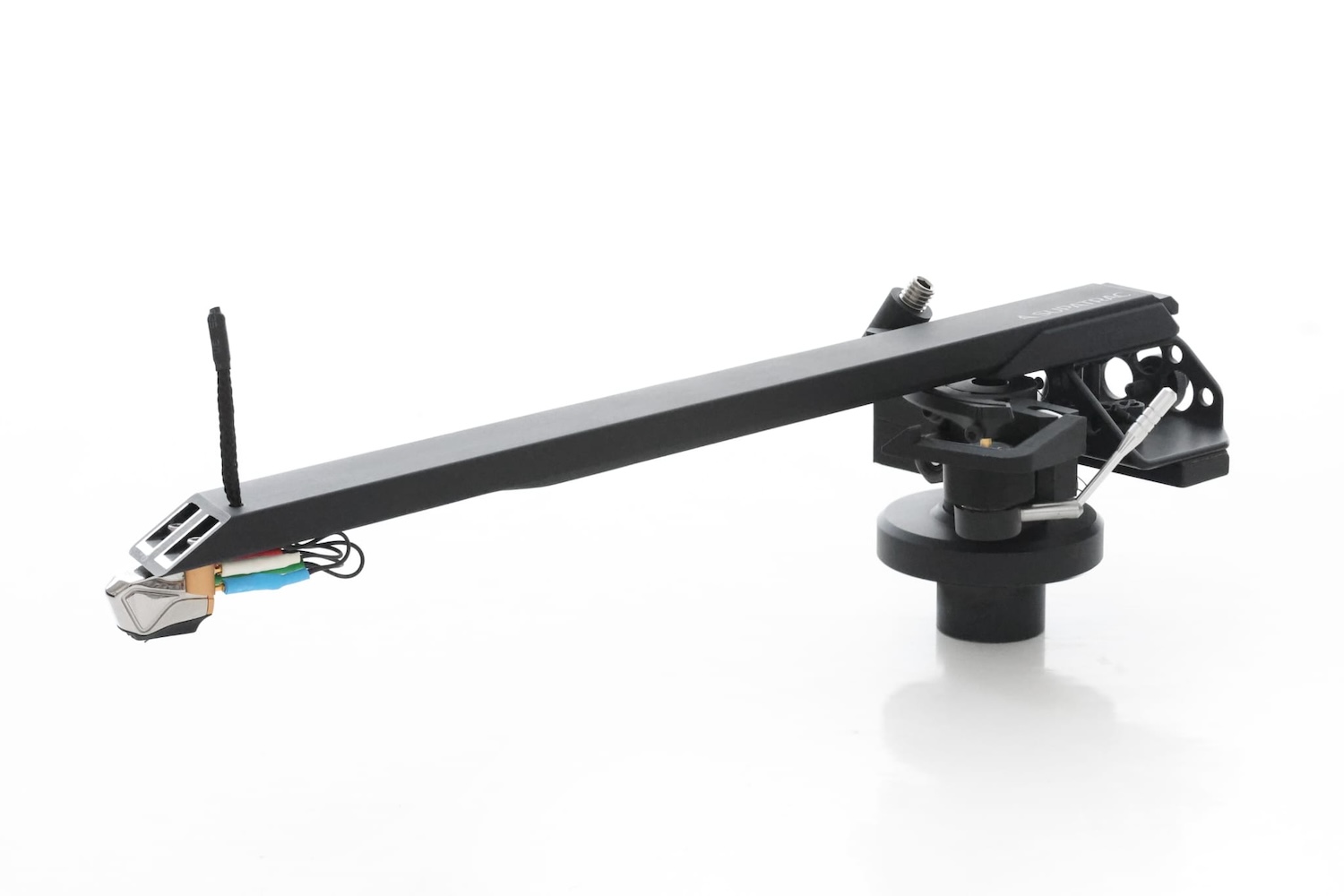

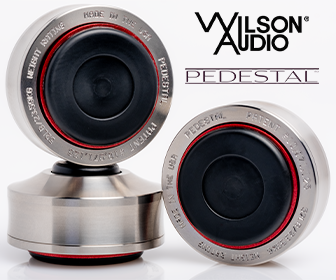
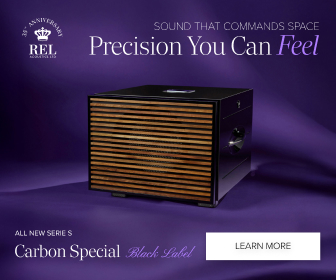
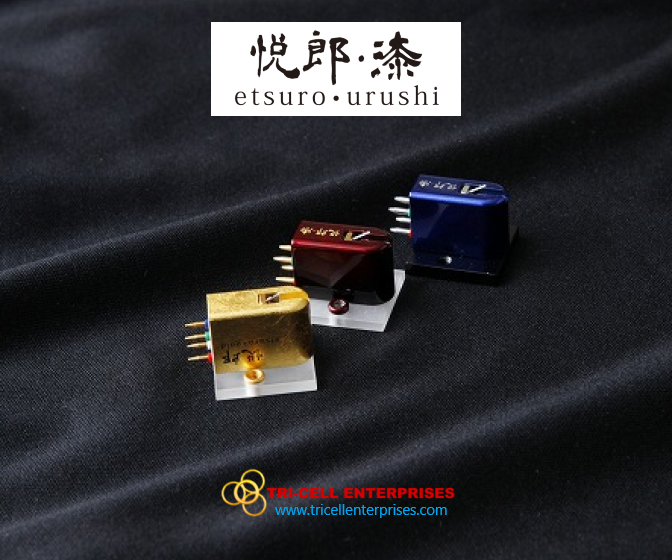
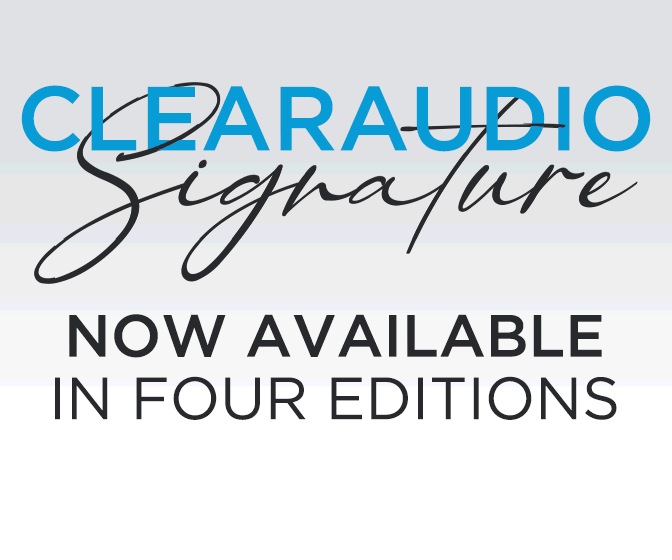
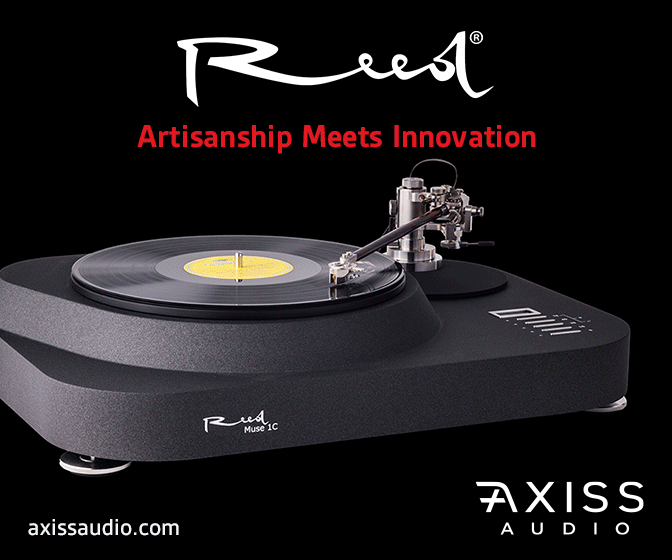
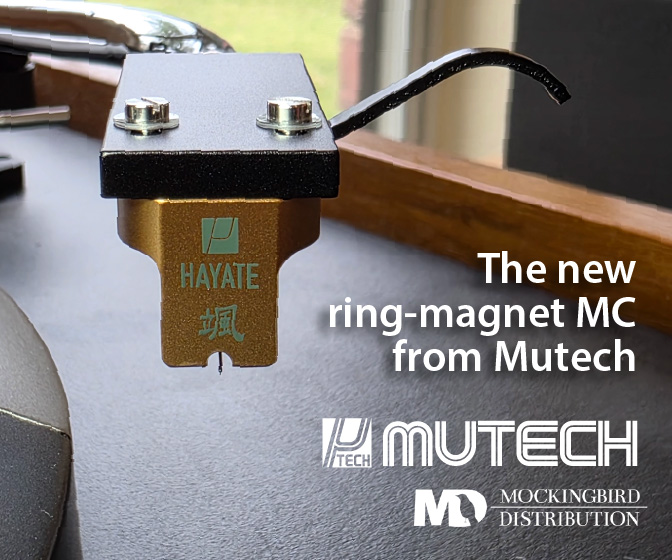
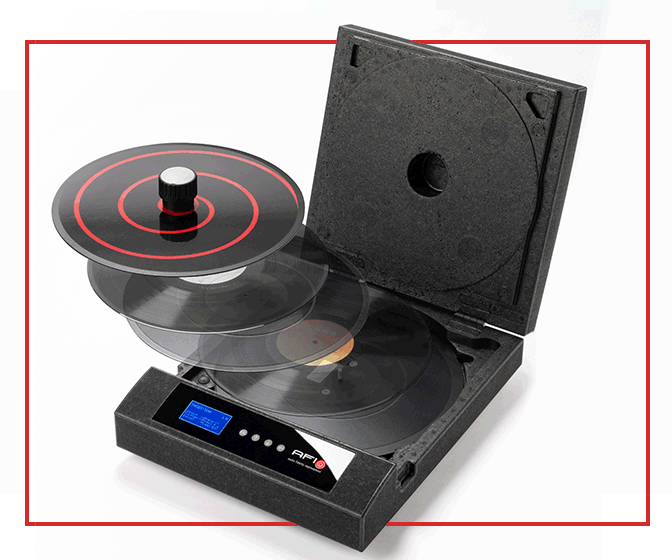
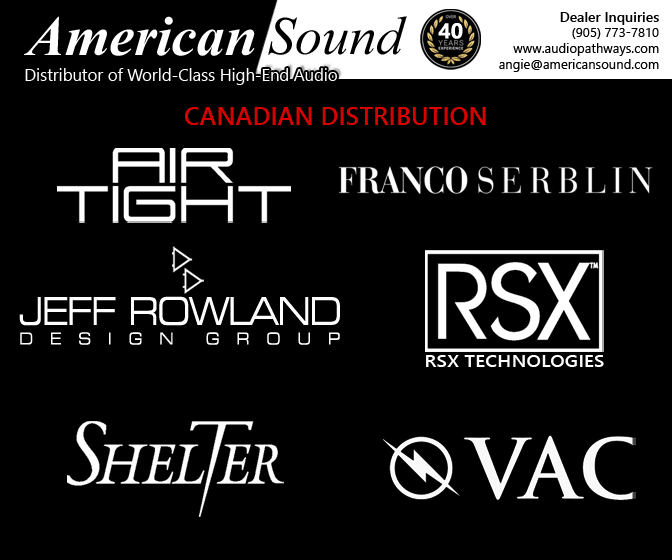
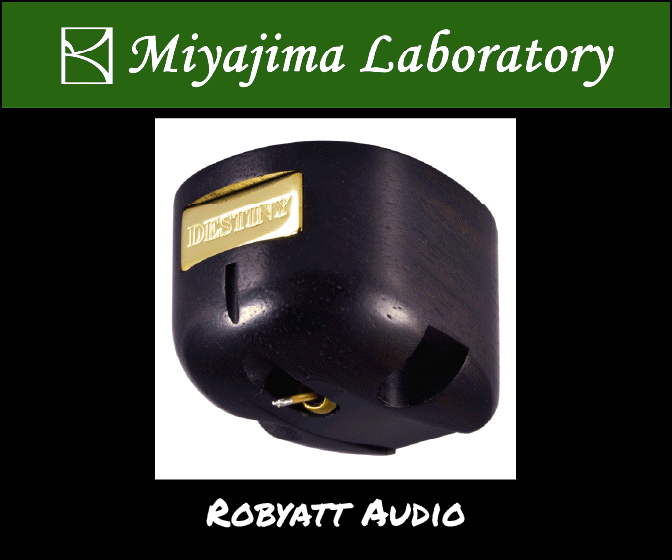

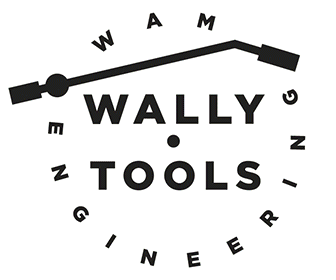
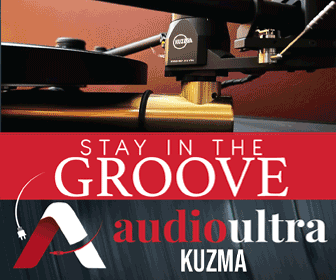
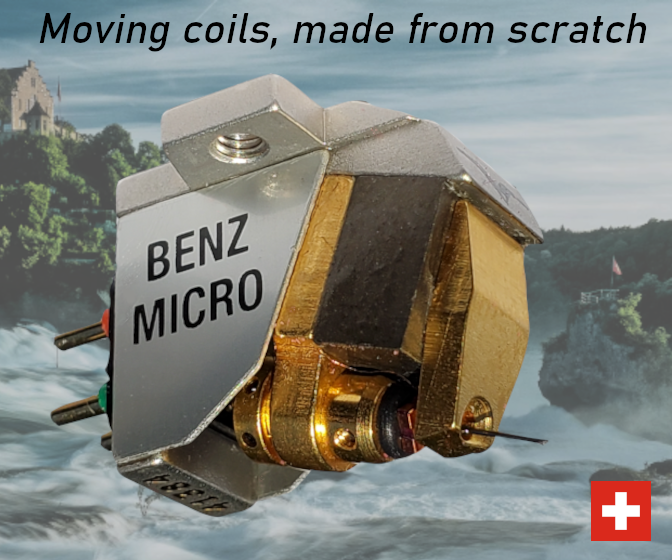

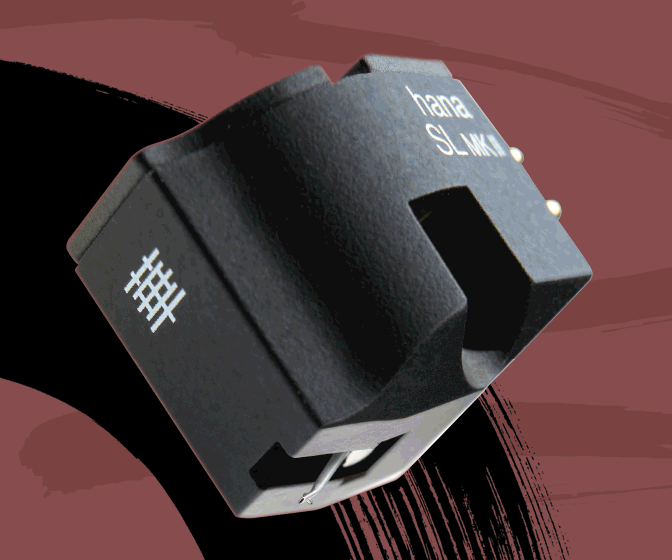
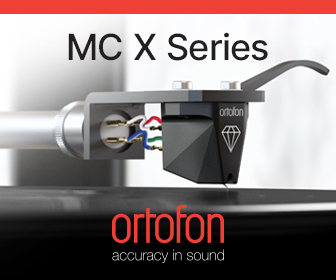
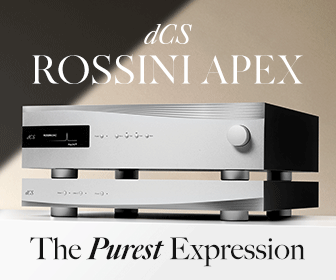
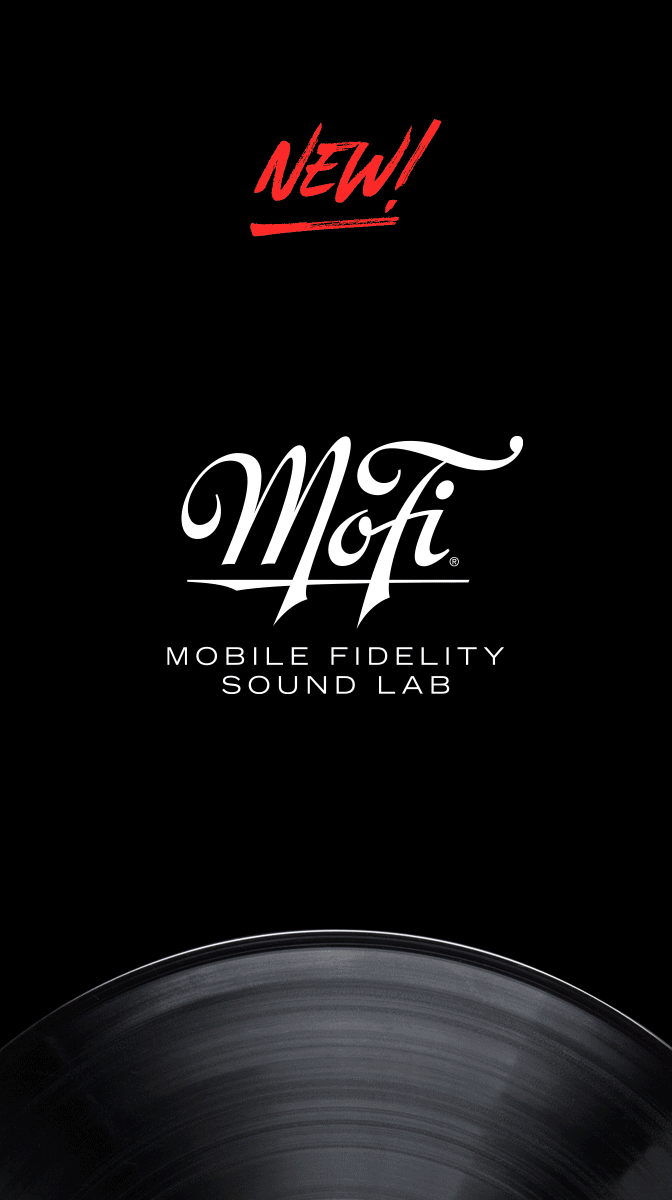


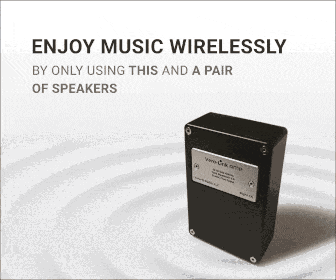
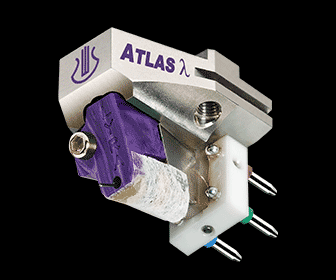

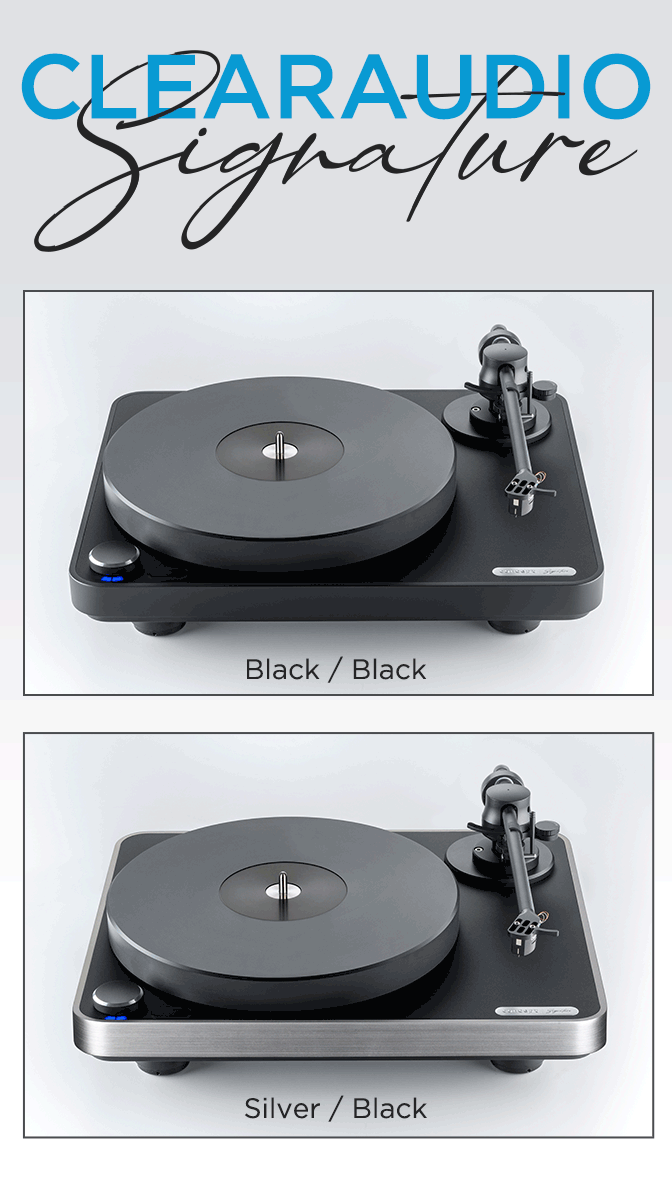
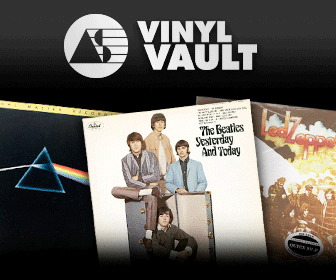


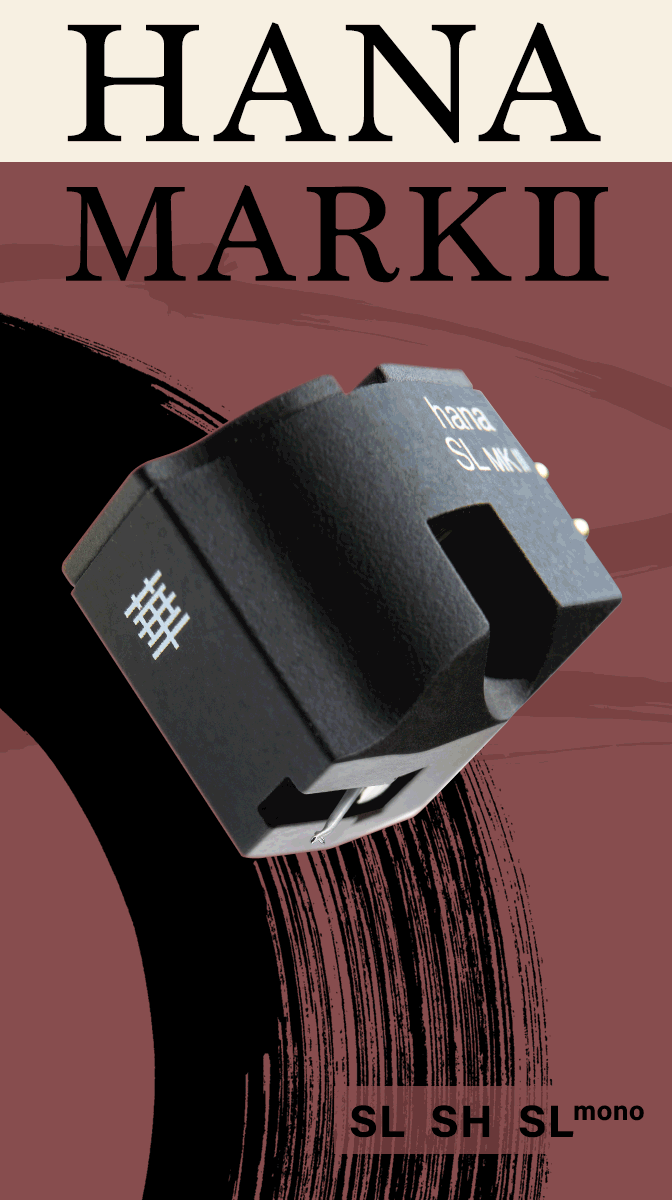


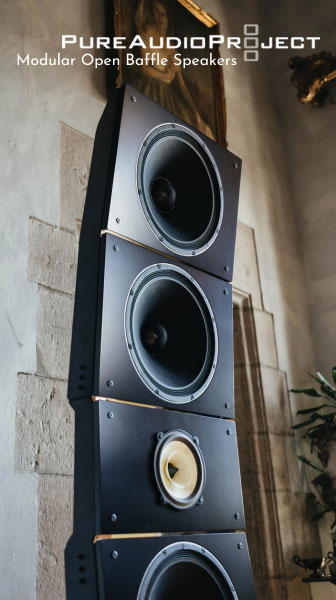
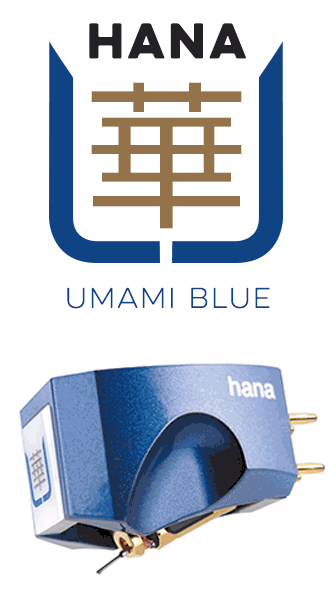





.png)








